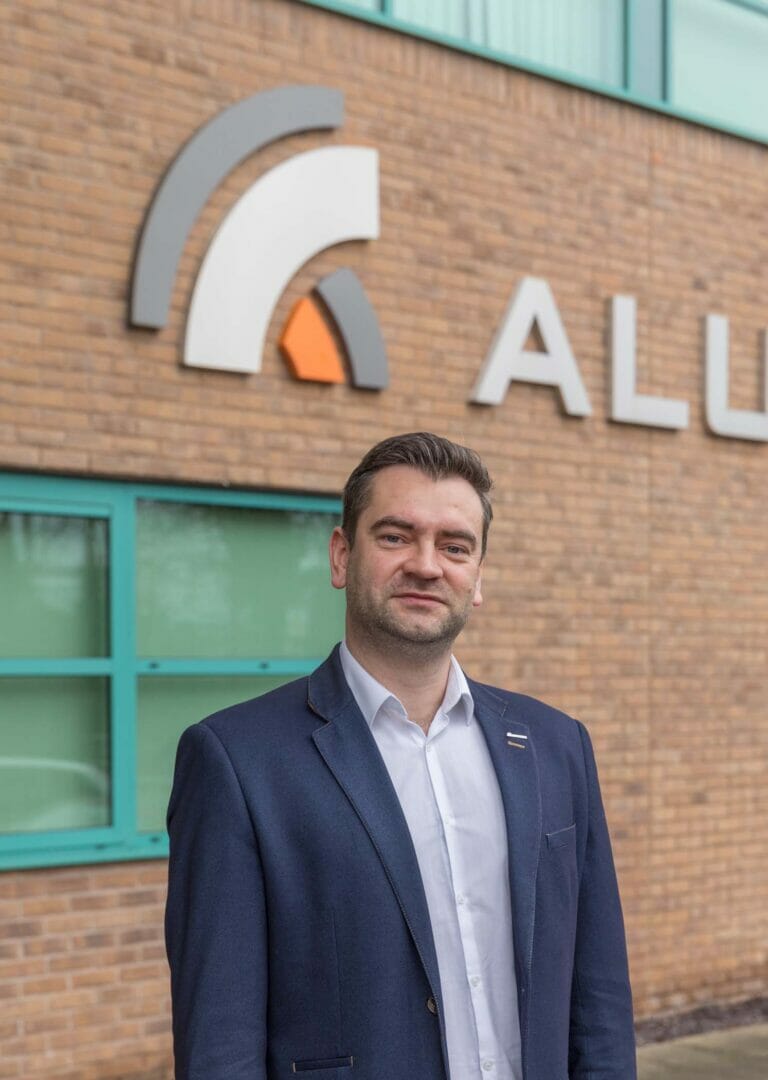
There has been a lot of speculation of late on the choice of pretreatment used on powder coated aluminium profile. With ‘chrome’ based systems likely to be banned under EU’s REACH (Registration, Evaluation, Authorisation & restriction of CHemicals) in late 2017, where are we now and what should you specify?
There are two National and European standards that cover the aspect of architectural powder coating, BS 6496:1984, which, despite it being withdrawn earlier in 2017, is still referred to. BS EN 12206-1:2004 is the current harmonised standard. The Qualicoat Standard, now in its 15th edition, encompasses BS EN 12206-1:2004, this BS EN standard was compiled along the lines of the European Qualicoat standard at the time of writing.
The BS EN standard does refer to pretreatment systems, but is vague of what to specify, if anything. What is well known is that chrome based pretreatment systems perform very well and have the benefit of being around for many years with an extensive track record. Qualicoat recognises both chrome and chrome free pretreatment systems and are encouraging members to adopt the newer chrome free technology.
Pretreatment of aluminium includes the cleaning and etching of the surface of the aluminium with the addition of a very thin ‘conversion layer’ which bonds to the aluminium and seals it from air and moisture. It is the ‘conversion layer’ that also offers a ‘key’ for the subsequent powder coating to adhere to the profile. So, the most important part of the powder coating process is the very process that is invisible once coated!
Chrome based pretreatment systems have been proven to be carcinogenic in application, i.e. when the pretreatment is being applied to the aluminium. The finished powder coated extrusion carries no chrome residue so is entirely safe in use and recycling.
Aluprof, based in Poland, have been members of Qualicoat since 2003, they have been awarded with licence number ‘1508’ and carry the prestigious ‘Seaside’ option on powder coating for more exposed conditions where required. Aluprof offer the option to specify chrome or chrome-free pretreatment systems to suit the specifier, should they have a strong preference, as they utilise both pretreatment systems in their production facility.
Whilst the National and European standards are frequently seen in specifications, it is encouraging to see the growth of the ‘Qualicoat Standard’ being referred to in a growing number of specifications. What is unusual though, is the occasional specification of the AAMA standard, which has been seen from time to time. AAMA, the American Architectural Manufacturers Association, is not currently recognised in the UK.

Whilst over half of the members of Qualicoat UK & Ireland have made the switch to ‘Chrome Free’ pre-treatment systems within their plants, a number are staying with chrome pretreatment, for now. The Qualicoat organisation, based in Zurich, have made it clear to members that they fully support the use of chrome free pretreatment systems and that this would be a pre-requisite for continued licence holders if a ban on the use of chrome in pretreatment systems was initiated again by REACH. It is understood that the ban is for the sale of such chrome pretreatment systems and not the use, so conceivably companies could carry stock of the chrome pretreatment system for continued use for a limited time.
So, the reason for some applicators not changing earlier is the possibility that chrome systems could have had a last-minute reprieve. A European based association VECCO, who challenged the EU’s ruling, has led to the ruling being overturned before the sunset date of September 2017 was reached. A further 4 years has been granted for the use of Hexavalent Chrome 6 till September 2021. The NGO, the European Environmental Bureau (EEB), says these proposals are placing business interests before public health as chrome based systems continue to be used.
REACH have warned that very tight guidelines will now be placed on the use of chrome in pretreatment, this will include the need to closely monitor the health of employees, which may include the use of exposure labels and mandatory, regular medical check-ups. To date, no guidelines have been released by REACH.
So why stay with chrome based systems? Some senior consultants in powder coating circles see the chrome based pretreatment systems as being the most robust available. They believe the use of this pretreatment minimises the possibility of corrosion under the powder coat finish, however, as European powder coaters are prominently ‘chrome-free’ and experience no more failures than with chrome based systems, the argument continues. Recent research from Qualicoat members, undertaken by Qualicoat in Zurich, confirms that correctly applied chrome-free pretreatment systems perform as well as their chrome cousins.
When specifying Aluprof powder coating, the option exists to ask for either system, or if the project is exposed and in a harsh environment such as by the sea or near an industrial application, the robust Qualicoat ‘Seaside’ class can be specified. Importantly, Aluprof staff are knowledgeable in the options and can assist any specifier getting the standard of powder coating that is specified on any project.
Aluprof’s extensive range of systems extend to unitised curtain walling, sliding folding doors, commercial doors systems and a wide range of window systems, all of which are increasingly being specified on a variety of residential and commercial projects across the UK and overseas. All systems are designed and installed by selected, specially trained companies to ensure each product meets Aluprof’s exacting standards. Further information is available on the company website at aluprof.co.uk.

